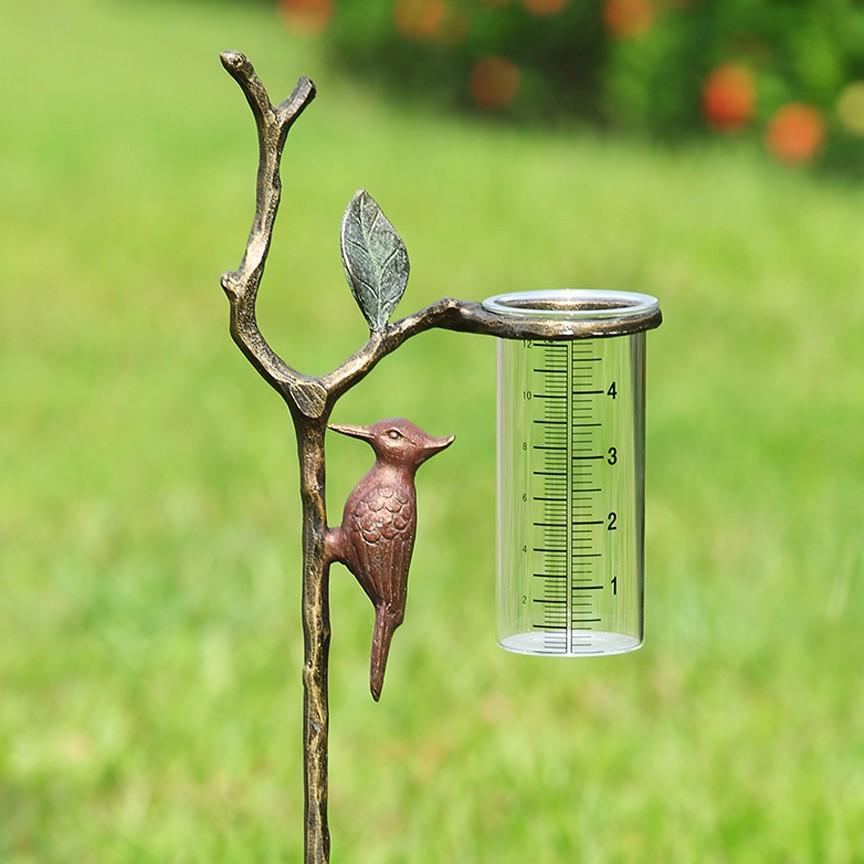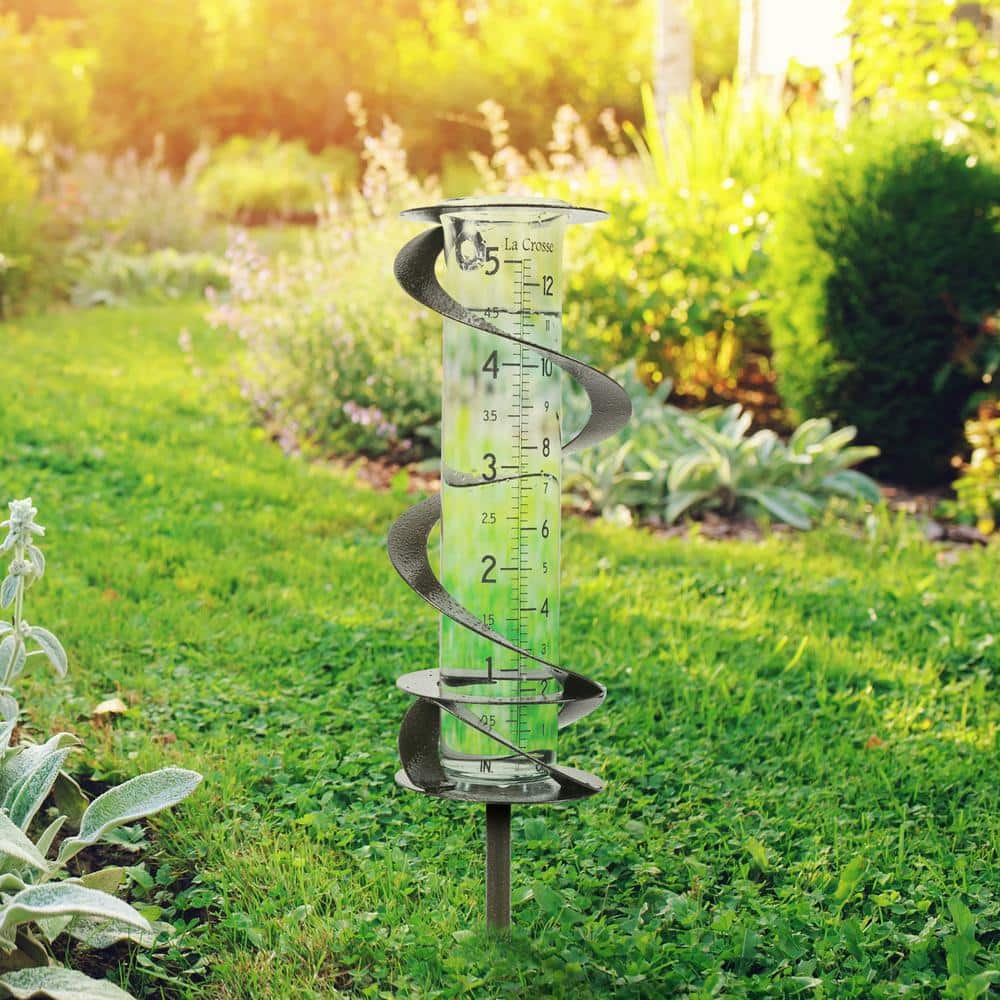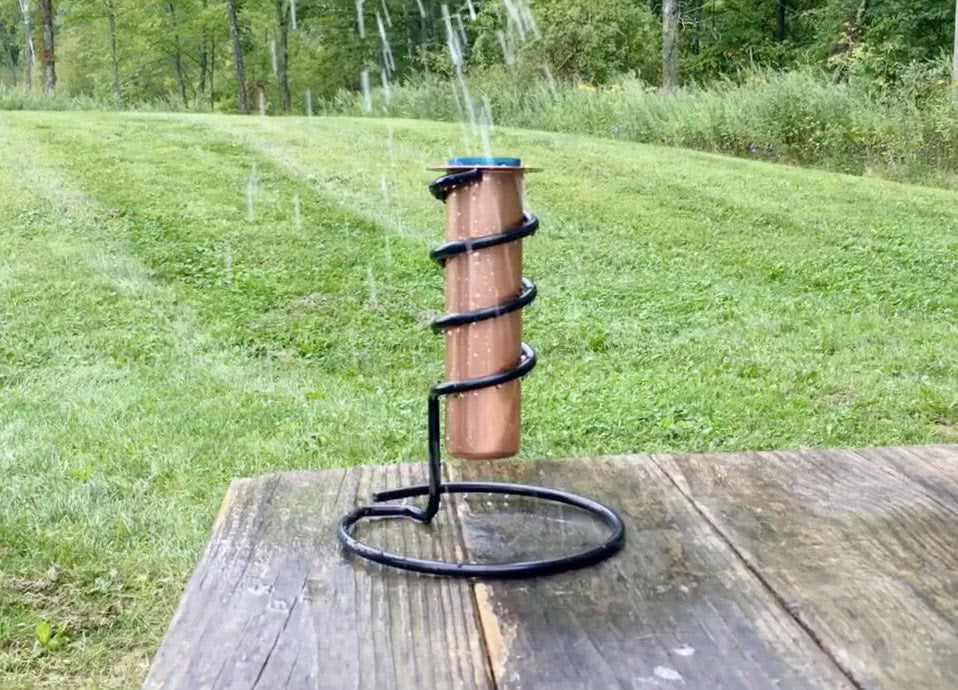The Rain Gauge: Enhancing Agricultural and Environmental Monitoring Efforts
The Rain Gauge: Enhancing Agricultural and Environmental Monitoring Efforts
Blog Article
How to Select the Right Rainfall Gauge for Accurate Rain Data
Accurate rainfall data is vital for various markets and activities, such as farming, meteorology, and water source administration. To acquire reliable dimensions, it is necessary to select the appropriate rain gauge. This guide intends to supply beneficial insights into the choice procedure, permitting you to make informed decisions. Considering elements such as location, type, and accuracy of the rain gauge will certainly assist ensure accurate data collection. Additionally, recognizing the upkeep and calibration treatments will add to the longevity and integrity of your rain scale. By adhering to these guidelines, you can make certain accurate rains information, enabling much better decision-making and preparation for different applications.
Significance of Choosing the Right Rain Scale
The value of choosing the best rainfall scale hinges on getting reliable and precise rainfall information for exact meteorological evaluation. Rainfall information is essential for a wide variety of applications, consisting of climate projecting, hydrological modeling, and environment research. Undependable or imprecise data can cause wrong final thoughts and flawed decision-making procedures.

Second of all, the precision and precision of the rainfall gauge are critical. The gauge must be able to measure rains with high precision, catching also small amounts of rainfall accurately.
In addition, the place and installment of the rain scale are crucial considerations. It must be placed in an open location, away from obstructions that could impact rains measurements. The scale needs to be positioned at a proper height and angle to prevent splashing and make sure correct catchment of rain.
Aspects to Think About When Selecting a Rainfall Gauge
When choosing a rain gauge, there are several crucial elements to take into consideration. These elements can considerably impact the accuracy and integrity of the rainfall data collected. The initial factor to consider is the kind of rainfall scale. There are various types readily available, consisting of conventional rain gauges, tipping bucket rainfall determines, and weighing rainfall assesses. Each kind has its own benefits and drawbacks, so it is very important to pick one that finest suits your specific needs and requirements.
Another factor to consider is the material of the rain scale. Rain evaluates can be constructed from various products, such as plastic, glass, or steel. The material chosen must be immune and sturdy to weather, making sure that the rain gauge will stand up to the elements and provide exact measurements over time.
Accuracy is also a crucial factor to think about. Try to find rain determines that have actually been adjusted and tested for precision. Attributes such as anti-splash rings and funnels can likewise boost the accuracy of the dimensions.

Last but not least, think about the climate and atmosphere in which the rain scale will certainly be made use of. Various rainfall assesses are ideal for various climates, so it is necessary to pick one that is appropriate for the problems in your location.
Different Types of Rainfall Evaluates Offered
To even more check out the factors to think about when choosing a rainfall gauge, it is important to understand the different types of rain evaluates readily available. The most common kind is the conventional rain scale, likewise recognized as the cylindrical rain scale.
An additional type of rainfall gauge is the tipping container rain gauge. As the rainfall falls right into the scale, it fills up one side of the pail, triggering it to tip and empty the water.
A 3rd type of rain gauge is the weighing rainfall gauge. This scale utilizes a balance system to determine the weight of the collected rainfall. As the rainfall drops into the gauge, it is gathered in a container connected to a balance. The weight of the water is determined, and the rainfall quantity is calculated based on the weight. Weighing rainfall gauges are extremely accurate but can be much more expensive and require regular upkeep.
Finally, there are likewise remote rain determines that usage advanced modern technology to determine rains (The Rain Gauge). These determines usage sensing units and transmitters to send out information wirelessly to a central unit. Remote rain assesses are practical for monitoring rainfall in hard-to-reach areas or for large-scale information collection
Exactly How to Figure out the Accuracy of a Rain Gauge
One means to analyze the precision of a rain gauge is by carrying out regular calibration dimensions. Calibration entails contrasting the readings of a rainfall scale to a basic measurement, such as a qualified rain gauge or a weather terminal with high precision. By contrasting the measurements, any kind of inconsistencies or mistakes in the rainfall scale can be recognized and represented.
To carry out a calibration dimension, begin by gathering rainfall information from both the rain gauge and the standard measurement tool over a particular time duration, such as a month. Contrast the analyses and determine the difference in between click for source them. This difference is referred to as the calibration error.
It is essential to keep in mind that calibration dimensions should be carried out on a regular basis, as ecological factors, such as debris, wind, and temperature level, can influence the precision of the rain scale over time. By performing normal calibrations, any kind of modifications in the precision of the rainfall scale can be identified and changes can be made as necessary.
In addition to calibration, it is additionally suggested to clean and preserve the rainfall scale regularly to guarantee its accuracy. Remove any type of debris or blockages that might affect the accuracy of the measurements, and look for any type of signs of damage or use that may need repair services or substitute.
Tips for Maintaining and Calibrating Your Rainfall Gauge
Regular maintenance and calibration are essential for making certain the accuracy and integrity of your rain scale in determining rainfall data (The Rain Gauge). By adhering to a couple of easy tips, you can make sure that your rainfall gauge is appropriately preserved and adjusted
Firstly, it is Full Report very important to clean your rainfall gauge on a regular basis to avoid any kind of particles or dirt from blocking the rainfall collection device. Make use of a mild detergent and a soft brush to gently cleanse the inside and beyond the scale. Rinse it completely with clean water and permit it to completely dry completely before re-installing it.
Second of all, it is recommended to adjust your rainfall gauge a minimum of annually. Calibration entails comparing the measurements of your rain gauge with those of a trusted and exact recommendation gauge. This will help you recognize and deal with any possible mistakes in your rain scale's dimensions.
To calibrate your rainfall gauge, gather a recognized quantity of water using a determining container and compare it with the measurements recorded by your rainfall scale. Change the readings appropriately to make certain precision.

Verdict
In final thought, selecting the appropriate rain gauge is vital for getting precise rains information. Aspects such as objective, spending plan, and area should be taken into consideration when choosing a rain scale.
There are different types readily available, including basic rainfall gauges, tipping bucket rain gauges, and weighing rainfall evaluates.To better explore the elements to think about when selecting a rain scale, it is vital to understand the various kinds of rainfall gauges available. The most typical type is Your Domain Name the conventional rain scale, additionally understood as the cylindrical rainfall scale.One more kind of rain scale is the tipping bucket rainfall scale. Calibration involves comparing the analyses of a rain scale to a basic dimension, such as a licensed rainfall gauge or a weather condition station with high accuracy.
Report this page